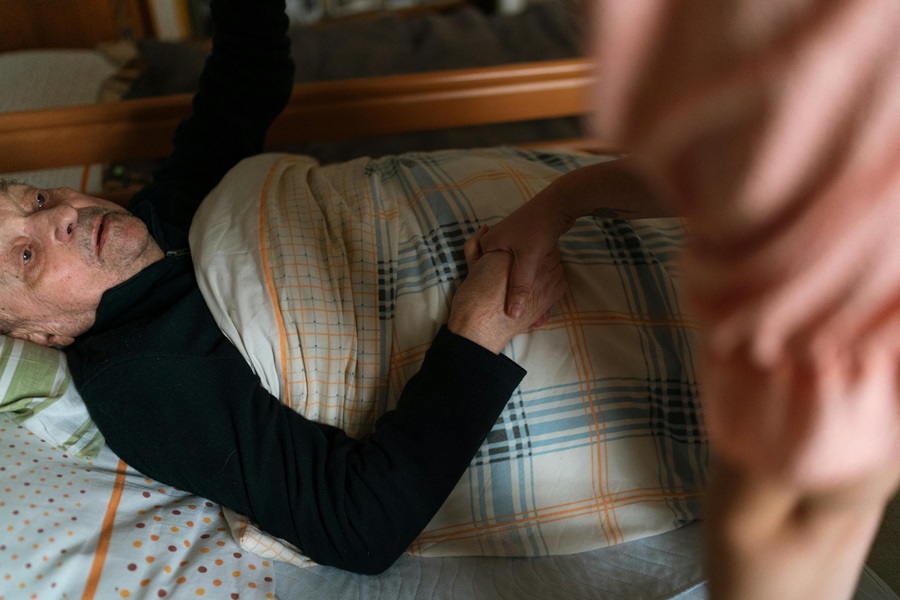A Guide to Continence Care
1. What is Incontinence?
Incontinence is the partial or full loss of bladder or bowel control, leading to accidental leakage of urine or stool. It is a commonly found symptom that affects over five million adults across Australia and New Zealand. In fact, around 80% of people in aged care facilities are found to have some level of incontinence.
There are 2 main types of Incontinence:
- Urinary Incontinence: Leaking urine when you don’t want to (e.g., when coughing, sneezing, or laughing).
- Bowel Incontinence: Involuntary loss of stool control.
2. What Increases the Risk of Bladder Problems?
Several factors can contribute to or increase the risk of incontinence in older adults:
- Age: As we age, muscle tone and bladder capacity may decrease, making control over urination more difficult.
- Gender: Women are more likely to experience urinary incontinence due to childbirth, menopause, and anatomical factors.
- Chronic Health Conditions: Conditions such as diabetes, stroke, Parkinson’s disease, and multiple sclerosis can affect the nerves and muscles responsible for bladder control.
- Medications: Certain medications, including diuretics, sedatives, and medications for high blood pressure, can increase urinary frequency or urgency.
- Obesity: Excess weight puts pressure on the bladder, leading to leakage.
- Inactivity: Sedentary lifestyles can weaken pelvic floor muscles, increasing the risk of incontinence.
3. How Do You Manage Incontinence?
Managing incontinence involves a combination of lifestyle adjustments, medical interventions, and appropriate products.
Lifestyle Changes:
- Bladder Training: Gradually increasing the time between bathroom visits can help improve bladder control.
- Pelvic Floor Exercises: Kegel exercises strengthen the pelvic muscles, which can help manage urinary incontinence. Watch the video: 3. Basic Pelvic Exercises for Seniors
- Dietary Adjustments: Reduce caffeine, alcohol, and acidic foods that irritate the bladder. Staying hydrated, but avoiding excessive fluid intake late in the day, can also help.
- Regular Physical Activity: Exercise can strengthen muscles and improve overall bladder function.
Medical Treatments:
- Medications: Depending on the type of incontinence, medications such as anticholinergics may be prescribed.
- Physical Therapy: A pelvic floor specialist can provide tailored exercises and guidance for improving bladder control.
- Surgery: In severe cases, surgery (such as sling procedures or bladder augmentation) may be considered.
Incontinence Products:
- Absorbent Pads: These are designed to manage leakage and keep the skin dry.
- Protective Bedding: Waterproof covers for beds and chairs can help manage overnight leakage.
4. When to Seek Professional Help
If incontinence is affecting quality of life, or if there’s sudden onset or severe symptoms, it’s important to consult a healthcare provider to identify underlying causes and explore treatment options.
At Living Waters Aged Care, we deeply care about our senior’s health and happiness. Our very own Nursing Practitioner of Aged Care reviews all our clients’ Care Plans.
Start receiving help by contacting us today.

